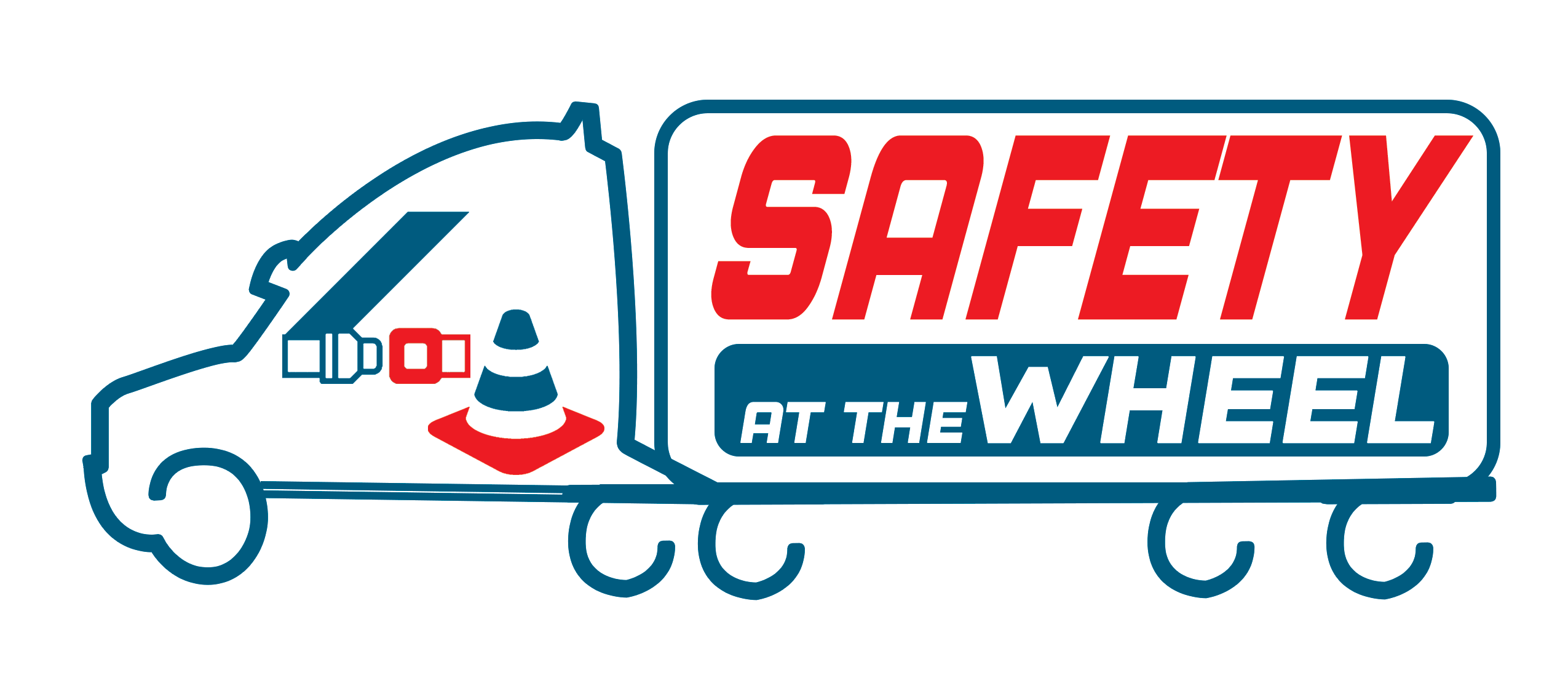 |
|
 |
Get our FREE |


As a long-distance trucker, you spend many hours alone in the cab of your truck. However, there are still risks of exposure to COVID-19, such as having contact with warehouse employees, truck stops, part stores, garages, truck washes and tire shops. When loading diesel, we recommend that you use latex gloves to grab the diesel charger.
Notify your supervisor and stay home if you have symptoms. Follow the steps recommended by the CDC (Centers for Disease Control and Prevention) if you are sick. You should not return to work until you are recovered and have finished quarantining at home. Notify your supervisor if you have a family member with COVID-19 in your home.
Limit close contact with other people, keeping a distance of at least 6 feet. Limit the time you spend outside the truck cab refueling, loading, unloading and resting at truck stops. When available, use electronic (paperless) invoicing for fueling and when making your deliveries.
If possible, contact the shipper or receiver to confirm the appointment to load or unload. Keep in mind that some facilities do not offer bathrooms, so you should plan well. If possible, use the radio telephone to speak to dock managers or other drivers. Take food, water and supplies with you to limit the number of stops.
Avoid shaking hands and keep your truck well ventilated. CDC recommends using cloth face covers in public places, where measures of social distancing are difficult to maintain. Cloth face covers can prevent people (who may be asymptomatic) from passing it on to others.
Clean and disinfect routinely touched surfaces found in the truck cab and bed such as: driver`s door handle, steering wheel, seat belt and buckle, armrest, seat cover, turn signals, wiper controls, dash instruments, air ducts, radio and temperature controls, light switches, mattress tray, temperature controls, and other flat surfaces.
If others require access to the interior of your truck (e.g. mechanics, other drivers, inspectors), request that they must clean and disinfect the truck before returning it to you. For disinfection, use products that meet EPA criteria for use against SARS-CoV-2, such as diluted household bleach solutions or alcohol solutions with at least 70% alcohol, and that are appropriate for the surface. Follow the manufacturer`s directions for use, and then wash your hands.
Practice proper hand hygiene. This is an important infection control measure. Wash your hands regularly with soap and water for at least 20 seconds, or use an alcohol-based hand sanitizer that contains at least 60% alcohol.
The key times to wash your hands are: before entering and leaving the cabin, when you are going to load and unload, when you refuel diesel, etc. Avoid touching surfaces that other people touch when you are out of the cab. Do not share personal protective equipment (PPE) (such as vests, safety glasses, helmets), tools, phones, radios, or other personal items. Choose truck stops or prequalified hotels that your employer identifies that have the appropriate COVID-19 protections.
There is a large amount of information regarding COVID-19, some may be outlandish and others have a higher degree of credibility. However, given the uncertainty, we consider that it is more advisable to follow our precautions to avoid getting infected and having to fight against this invisible enemy. Together we will get out of this!
Road safety is a top priority for all truck drivers, and the truck´s suspension system plays a crucial role in thi...
read more...Genital rashes and sores are often associated with sexually transmitted diseases (STDs), but they can also result from o...
read more...A recent report by the American Transportation Research Institute (ATRI) revealed that the wait times for trucks loading...
read more...In the road transportation industry, driver safety and comfort are top priorities. To tackle the challenges of long work...
read more...

